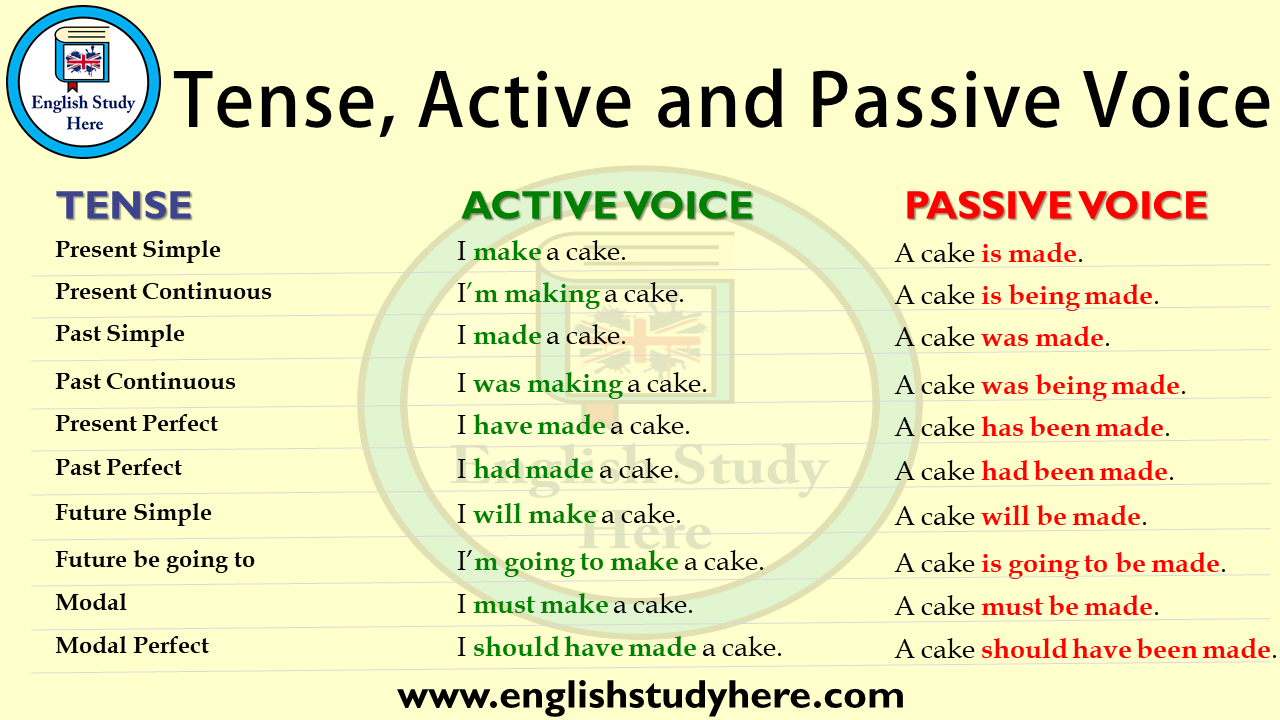When it comes to writing, one of the key elements to consider is whether to use active or passive voice. Understanding the difference between the two can greatly improve the clarity and impact of your writing. Active voice is often preferred for its directness and clarity, while passive voice can be useful in certain situations. Let’s explore the differences between the two and how to effectively use each.
Active voice is when the subject of the sentence performs the action, while passive voice is when the subject receives the action. For example, in active voice, the sentence “The cat chased the mouse” clearly indicates that the cat is the one performing the action of chasing. In passive voice, the same sentence would be written as “The mouse was chased by the cat,” where the mouse becomes the focus of the sentence as the receiver of the action.
Active voice is generally preferred in writing because it is more direct and engaging for the reader. It places emphasis on the subject and highlights the action being performed. This makes the writing more dynamic and easier to follow. Passive voice, on the other hand, can be useful when the focus is on the receiver of the action or when the subject is unknown or less important. It can also be used to create a more formal tone in writing.
However, using passive voice too frequently can make writing sound dull and less engaging. It can also lead to ambiguity or confusion for the reader. To effectively use passive voice, it is important to consider the context and purpose of the writing. Active voice is generally more straightforward and impactful, making it a better choice for most situations.
In conclusion, understanding the difference between active and passive voice is essential for effective writing. While passive voice can have its uses, active voice is generally preferred for its clarity and directness. By choosing the appropriate voice for your writing, you can enhance the readability and impact of your work.
